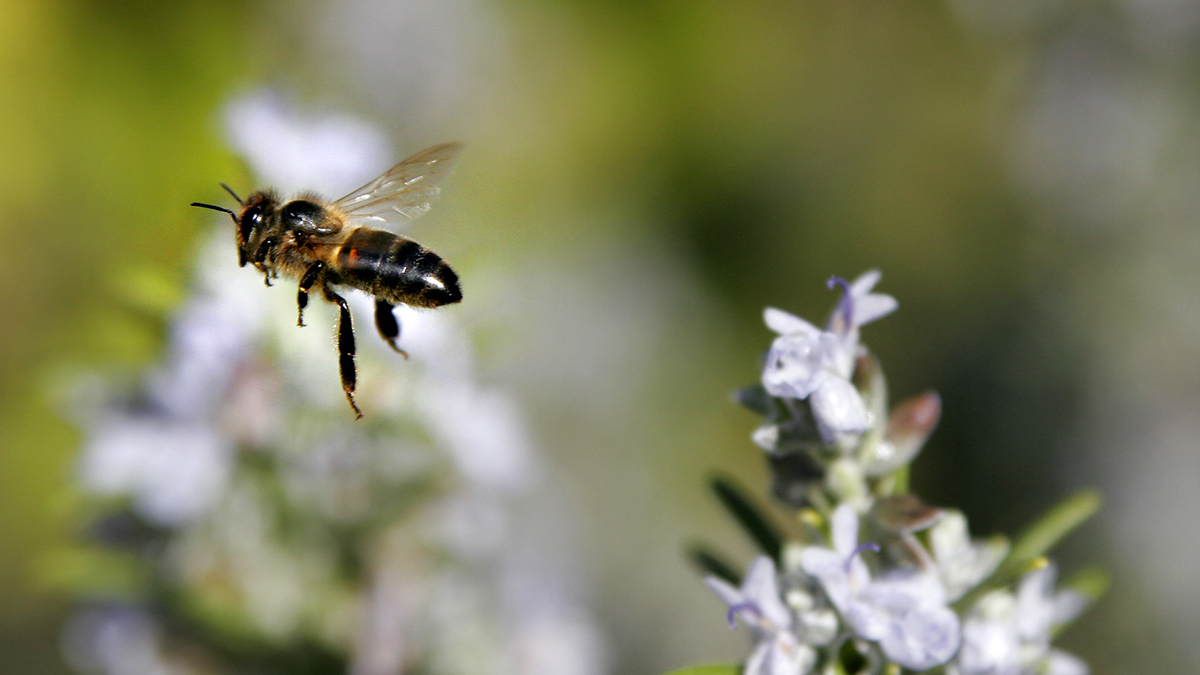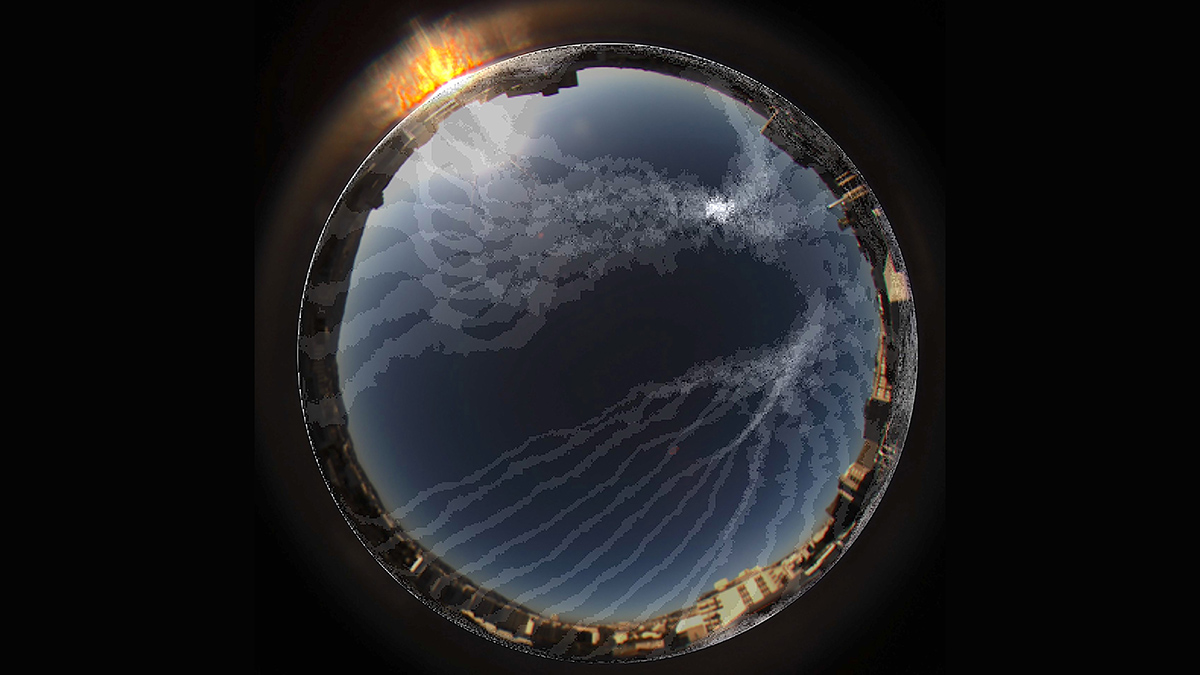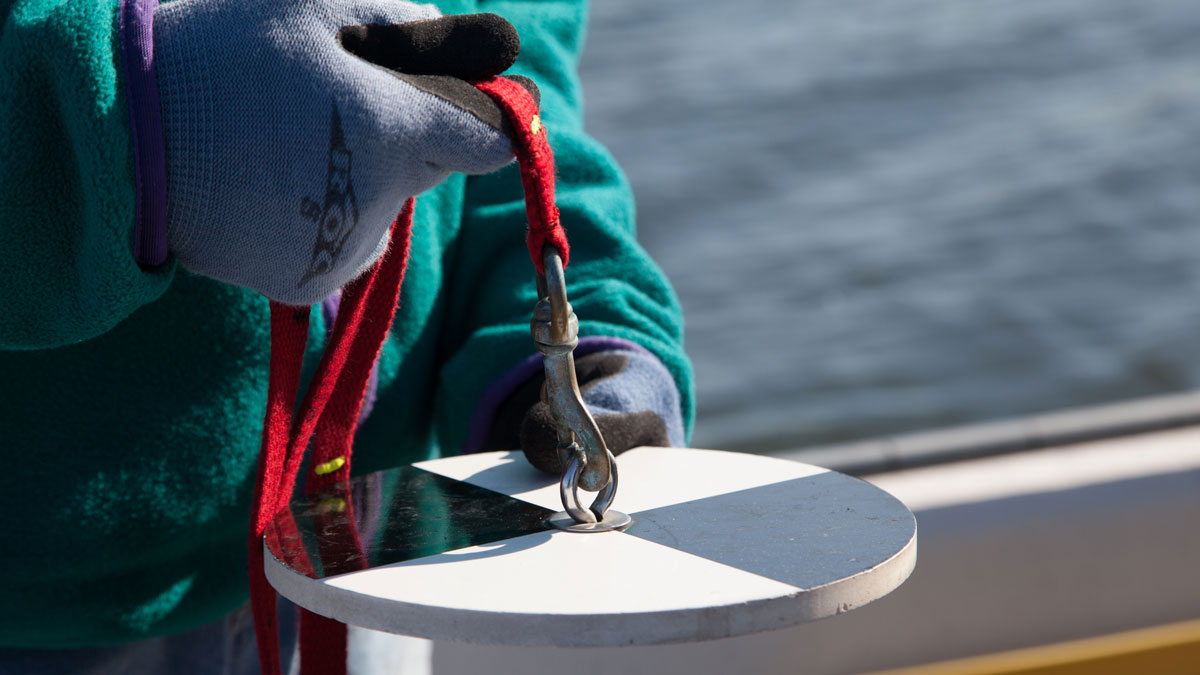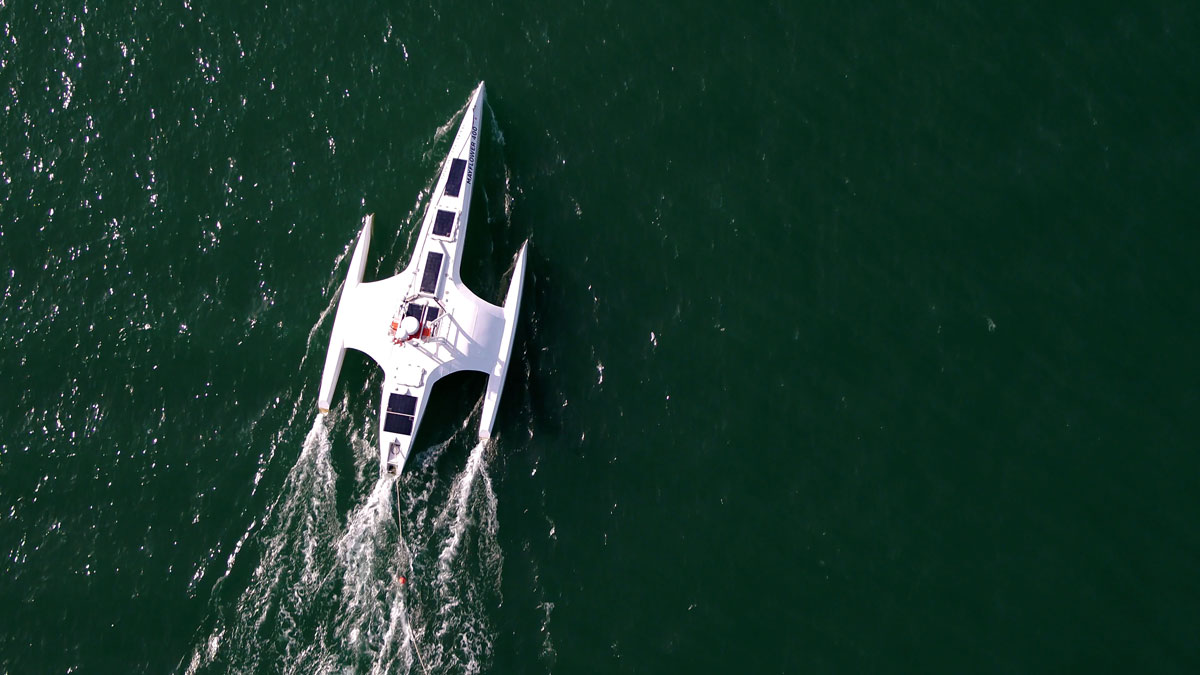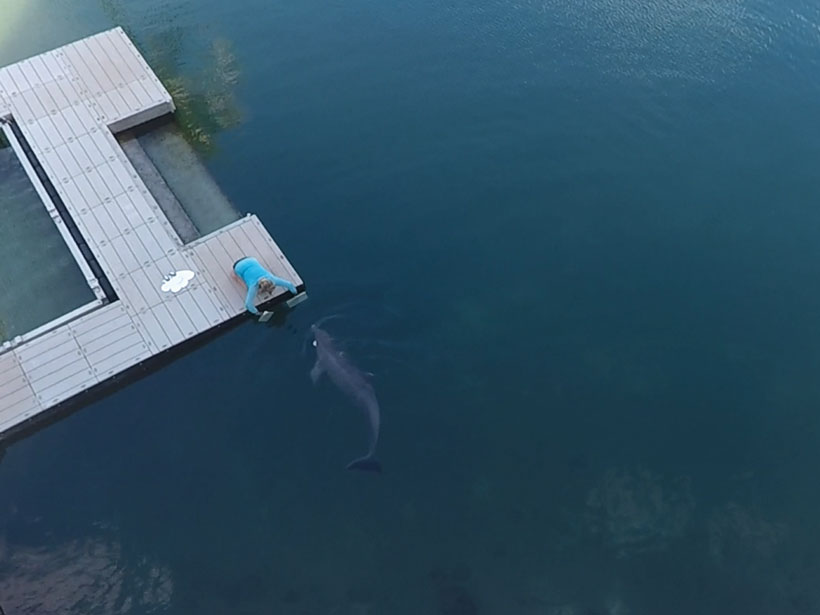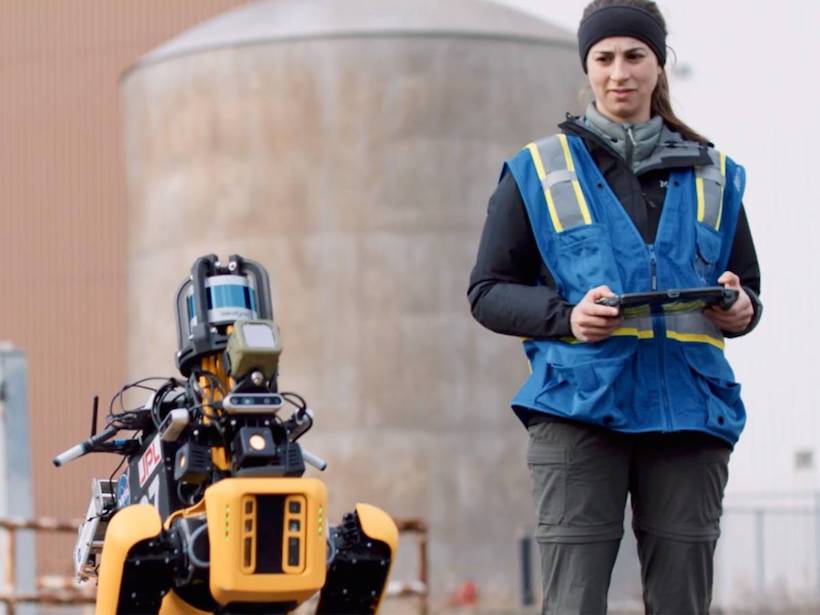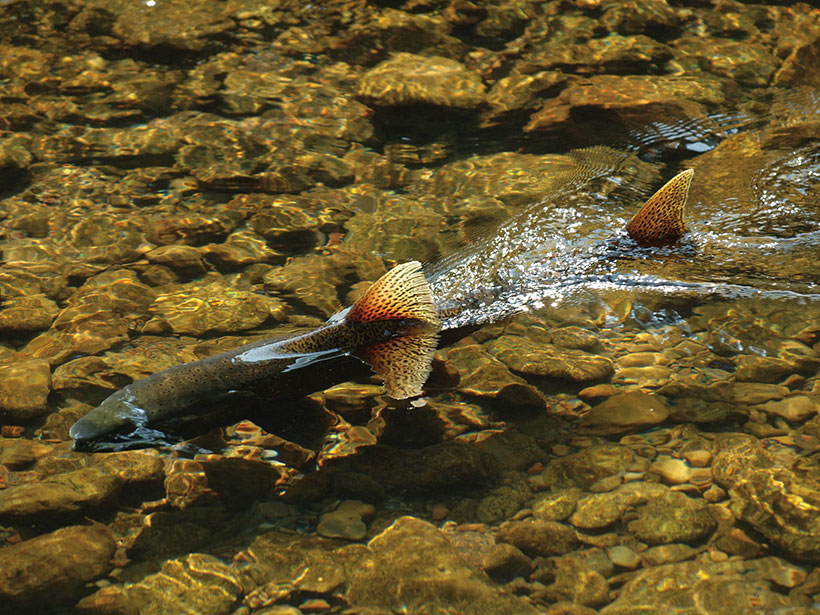Fine particulate matter in the atmosphere reduces the degree of polarization of sunlight, which insects use to guide themselves home.
navigation
Here’s How Artemis Astronauts Will Navigate on the Moon
The next wave of lunar explorers is headed to terrain that promises to be both stunning and challenging. Here’s how they’ll cope with some of the difficulties they’ll encounter.
True North, Strong and Free—And Better Oriented
Researchers explored a method for locating true north using the polarization patterns of daylight.
The Simple Usefulness of the Secchi Disk
A centuries-old sailor’s hack enters the ecologist’s toolkit.
Navigating the Pacific with Wind, Waves, and Stars
Ancient Polynesian voyagers sailed thousands of kilometers with no maps or compasses; they followed nature’s clues. Using the same tools, the Moananuiākea Voyage will set sail from Alaska and circle the Pacific.
A New Mayflower, Named for the Past, Autonomously Navigates the Future
To commemorate the 400th anniversary of the Pilgrims’ crossing, a ship guided by an AI captain will embark on the same journey, doing science along the way.
Autonomous Vehicles Could Benefit from Nature
A team of researchers at the University of Michigan is looking to animals to find new ways for autonomous vehicles to navigate through the environment.
Soil Chips Help Scientists Spy on Fungal Navigation
Soil chips provide a micrometer-resolution window into life underfoot, shedding light on how fungi behave when navigating soil’s mazes.
Very Good Space Boys: Robotic Dogs May Dig Into Martian Caves
Four-legged, autonomous robots known as “Mars Dogs” will explore previously inaccessible caves to look for signs of life and potential locations for future human colonies.
Internal Compass Guides Salmon’s Incredible Journey
New study finds evidence that magnetite particles play a role in fish navigation.

